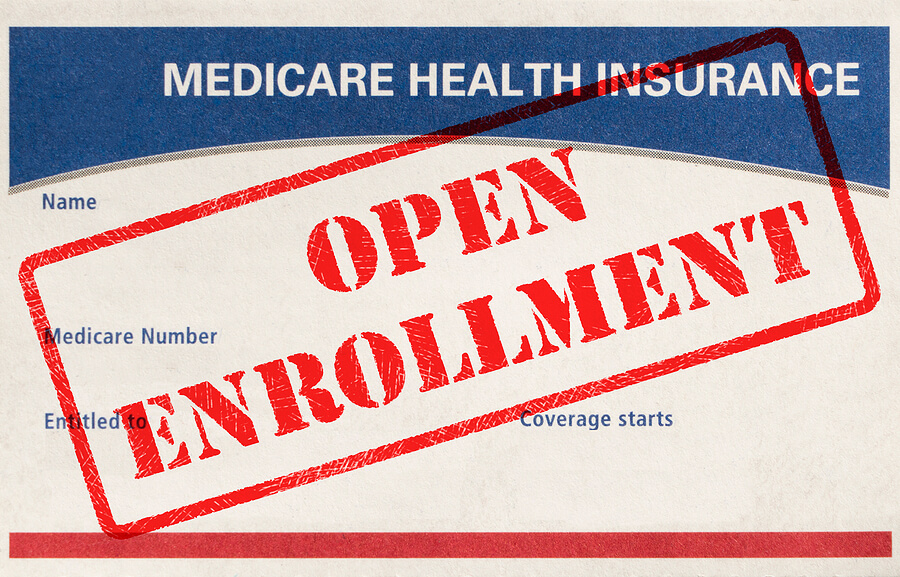Every time a celebrity dies, I know it’s just a matter of time until we learn how poorly their estate plan has been handled—or not handled, as is so often the case.
In December 2022, DJ Stephen “Twitch” Boss died without a will and his wife and dance partner Allison Holker has filed a petition in Los Angeles for half of their shared estate.
Chadwick Boseman died without a will—even though he knew of his serious illness and impending death.
When Lisa Marie Presley died, Priscilla Presley filed paperwork shortly after her death to challenge the authenticity of a 2016 amendment to a living trust allegedly made by Lisa Marie. The amendment removed Priscilla as a trustee and named Lisa Marie’s adult children Riley and Benjamin as successor co-trustees, while also removing Barry Siegel, a former business manager.
Priscilla claims the amendment is suspect as the signature isn’t consistent with Lisa Marie’s usual signature, the document was never notarized and the document was never delivered to her as required by the terms of a 2010 arrangement. She also says the date on the amendment is suspicious and it misspells Priscilla’s name.
Lisa Marie’s son Benjamin died in 2020, so her daughter Riley would be a co-trustee of the living trust with Priscilla Presley. Lisa Marie also had twin daughters, now age 14, with her fourth husband Michael Lockwood. They divorced in 2021 but were still battling in family court over finances at the time of her death.
How much is Lisa Marie’s estate worth? In 2018, she filed a lawsuit against Barry Siegel alleging he’d mismanaged her trust, and she’d been left with only $14,000 because of him. Siegel filed a countersuit, alleging she spent all of her fortune and demanding $800,000 in repayment.
Lisa Marie inherited $100 million from her late father Elvis Presley when she was just 25 in 1993.
At the time of his death, Elvis’ estate was valued at $4.9 million, but had grown to $100 million when Lisa Marie took control of it.
According to the Graceland website, when Elvis died, his will appointed his father Vernon as executor and trustee. The beneficiaries were Elvis’ grandmother Minnie Mae Presley, his father Vernon and his only child, Lisa Marie. Vernon passed in 1979 and Minnie May died in 1980. Lisa Marie Presley was the sole heir to the estate, and his will stated her inheritance was to be held in trust until she turned 25.
At that time, Lisa Marie formed a new trust, The Elvis Presley Trust, to continue the successful management of the estate, with Priscilla Presley and the National Bank of Commerce in Memphis as co-trustees.
Graceland itself is worth at least $10 million, and the entire Elvis Presley estate is valued between $400 – $600 million, according to Rolling Stone Magazine. Priscilla opened Graceland for tours in 1982, which led to the addition of many attractions in the area including a large hotel. Lisa Marie owned and chaired the company, Elvis Presley Enterprises (EPE) until February 2005, when she sold a major interest in the company. Lisa Marie retained a 15% ownership in the company.
Lisa Marie Presley retained 100% personal ownership of Graceland Mansion itself and her father’s personal effects, but Elvis Presley Enterprises manages the operations of Graceland and its many related properties.
Elvis is big business, and this estate battle is likely to go on for quite some time. The planning done by Elvis and his advisors could have been done for more generations, which may have protected his wealth for a far longer period of time. Back in those days, however, entertainers didn’t think of themselves as “brands” with intellectual property that would increase in value after their deaths.
While we can’t always foresee the future, we can plan for it. I would tell celebrities the same thing I tell my clients:
Create an estate plan that also plans for taxes and long-term care. Have the plan reviewed every three to five years, or when a trigger event occurs, such as death, birth, marriage, or divorce, or if you sell or buy a business or property. Consider the longer-range picture for your family and your wealth as best you can.










